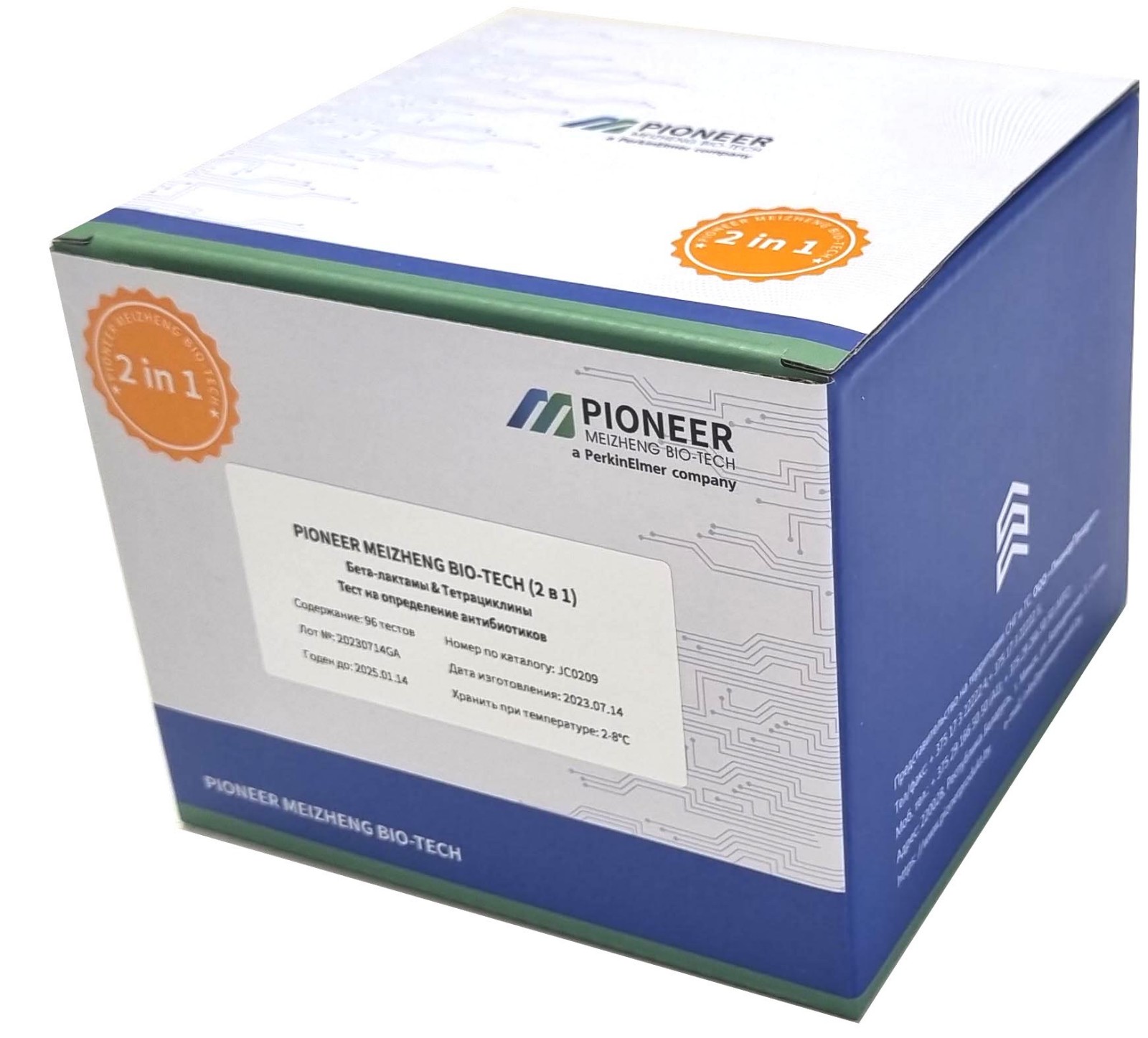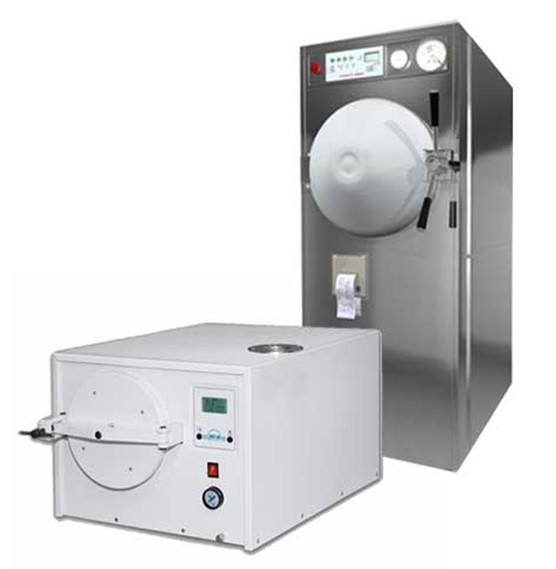Scientists evaluate the significance of the discovery of a Nobel laureate in chemistry from Russia

The discovery and synthesis of quantum dots, for which scientist Alexey Ekimov and his colleagues from the United States received the Nobel Prize in Chemistry this year, is a very promising work that can be used in various fields, including in quantum computers, scientists interviewed by RBC reported.
What are quantum dots
Quantum dots are semiconductor nanoparticles whose electrical characteristics depend on their size and shape. A quantum dot can be thought of as an “artificial atom” without a nucleus. In this case, the number of electrons of such an “atom” can be changed by changing the growth conditions of quantum dots or using external electromagnetic fields.
Electrons, in turn, can move from one orbit to another provided they absorb or emit energy. In the second case, when the electron emits energy, it moves to a lower energy level. Energy is emitted in the form of light of a specific wavelength. The size of a quantum dot can be adjusted, that is, you can change the energy of the emitted photon, therefore, you can change the color of the light emitted by the quantum dot.
In addition to displays, quantum dots are used in medicine: they can penetrate different types of cells and color them in different colors. For example, this can be used to mark tumors.
Ekimov made the discovery itself back in the 1980s, when he worked at the Vavilov State Optical Institute in Leningrad. He was the first to obtain copper chloride quantum dots in a glass matrix and showed that the size of these particles affects the color of the glass.
“His work turned out to be chronologically the first in a series of similar discoveries. It turned out that depending on the size of semiconductor particles, their spectroscopic properties, absorption, and reflection change,” noted Sergei Kulik, HEAD of the SUSU Quantum Engineering of Light laboratory, DOCTOR of Physical and Mathematical Sciences, in a conversation with RBC.
According to him, quantum dots can be created not only in glass matrices, but also in solutions, suspensions, and suspensions. Subsequently, the technology developed, the dots began to be specially grown, forming a material around them in a special way - a resonator, collimating (directing) the emitted light in the desired direction, Kulik said.
"New era in quantum technologies"Kulik called Ekimov’s research “very promising in various fields of science and technology.” “The material really opens up a new era in quantum technology,” the scientist noted.
Read PIONERPRODUKT .by When to file for bankruptcy of a debtor: 4 red flags 24% profitability: will Surgutneftegaz pay super dividends for 2023 Without these six digital skills it will be increasingly difficult to get a job There are no conflicts and all geniuses: nine myths about top teamsHe explained that a quantum dot “at the press of a button” can generate photons - elementary particles, a quantum of electromagnetic radiation (in the narrow sense - light). “The button can be an electrical or optical impulse. We excite quantum dots optically. Photons emitted in this way, “at the press of a button,” are called deterministic. They can be used in quantum communication and quantum computing protocols,” Kulik said.
Particularly promising is the use of quantum dots to represent qubits in quantum computers, notes Andrey Dorokhov, associate professor of the department of inorganic chemistry at RTU MIREA, candidate of chemical sciences. A qubit is the smallest unit of information in a quantum computer, similar to a bit in a conventional computer.
“The creation of this kind of devices using quantum dots will allow us to increase the performance of computers (computation speed) and the capacity of devices for storing information many times over. If, of course, all this is implemented in practice,” notes Dorokhov.
Quantum dot displaysAccording to him, in terms of electrical and optical properties, quantum dots, which are essentially nano-sized semiconductors, occupy an intermediate position between bulk semiconductors (conventional transistors) and individual molecules.
“Already, quantum dots, capable of emitting light of different wavelengths (that is, different colors), are used as luminescent markers in fluorescent microscopy for visualizing cells and their individual parts, as biomarkers of tumors or antibodies. They are also finding increasing use in electronics,” says the scientist.
For example, displays and LCD panels based on quantum dots have already been created, replacing conventional LEDs. “Nexxus Lighting released an LED lamp using quantum dots in 2009. Their use in field-effect transistors, photocells, LEDs, laser diodes, and solar batteries is also promising,” notes Dorokhov.
The head of the laboratory of functional organoelement compounds at the Institute of Organoelement Compounds named after A. A.N. Nesmeyanov RAS Dmitry Perekalin. “There are many different variations - there is an OLED display, where the substances that emit color have different chemical compositions, which is why they emit different colors. Here you can do the same thing, having the same composition, but using different particle sizes. A quantum dot display exists, as far as I know,” Perekalin said.
Among the advantages of using quantum dots, Perekalin noted their durability. “Very often, when something gives off color, it deteriorates over time. The colors on clothes, for example, fade. Quantum dots are much less susceptible to degradation and have a significantly longer service life,” says the scientist.
Quantum dots in tumor diagnosticsThe fluorescence of quantum dots is also used in medicine, noted Nina Zubova, medical expert at the Gemotest laboratory. “Quantum dots are fluorescent semiconductor nanocrystals that are obtained from inorganic semiconductor materials: silicon, cadmium selenide, indium phosphide, indium arsenide, etc. One of the properties of quantum dots is fluorescence. Nanocrystals penetrate biological membranes differently depending on their size, and the size determines the color of the fluorescence - thus, different areas of the biological organism are colored differently,” she says.
According to Zubova, on the surface of nanocrystals there are recognition molecules that can target the desired object, such as a tumor, with a specific color. “Scientists decided to use this characteristic of quantum dots in medicine: they injected nanocrystals into experimental mice into tumors. The particles accumulated in the vessels of the tumor and shone a certain color - thanks to this, the neoplasm was easy to monitor, it stood out significantly against the background of the surrounding tissues,” the doctor explained .
But although quantum dots turned out to be non-toxic for animals, it is too early to talk about experiments on humans, she notes. “Nevertheless, the idea of using quantum dots for diagnosing and treating cancer is very promising, and in the future we can expect scientific discoveries in this direction,” says Zubova.
History of discoveryThe Nobel Prize in Chemistry was awarded to Ekimov, as well as scientists Mungi Bavendi and Louis Bruce, on October 4. All three work in the USA. Ekimov was the first to synthesize quantum dots, a few years later Bruce obtained the first solution with them, and Bavendi in 1993 developed a convenient method for synthesizing a solution of these dots of the required size.
Ekimov graduated from Leningrad State University in 1967, defended his dissertation in 1989 and received the degree of Doctor of Physical and Mathematical Sciences. Since 1999 he has been working in the USA at Nanocrystals Technology.
Russian physicist, former colleague and main co-author of Ekimov Alexey Onushchenko said in a conversation with RBC that the work on quantum dots would not have been completed if there had not been precise measurements and characteristics studied at the Russian institute. “The success of the work on the study of size effects in the optical spectra of semiconductor microcrystals [quantum dots] grown in glass was greatly facilitated by the basic semiconductor education of the main performers at the department of Evgeniy Fedorovich Gross, Faculty of Physics of Leningrad State University, as well as the presence of a large technological reserve in the development of glass-crystalline materials at the State Optical Institute,” Onushchenko noted.
An important role was also played by X-ray diffraction characterization of the samples, performed at the Institute of Silicate Chemistry named after. I.V. Grebenshchikov RAS, he continued. “An employee of the institute, Valery Viktorovich Golubkov, used small-angle X-ray scattering to measure the size of crystalline particles that are released in the volume of a glassy matrix during the formation of a glass-crystalline material,” the scientist noted.
The physicist said that in the late 1970s, under the leadership of Ekimov, work began on studying the spectral and optical characteristics of various glass-crystalline materials. “Initially they brought us samples of copper halide photochromic glasses, where we saw typical exciton absorption spectra of CuCl crystals, then it became clear that the spectra significantly depended on the sample preparation conditions - temperature, time, heat treatment of the glasses. I prepared certain isothermal series,” says Onushchenko.
The scientists then used small-angle X-ray scattering to measure the nanoformations in the glass. “When we compared what we see in optics with the data from the X-ray diffraction method, then we got work on the quantum size effect,” the physicist said.
The final work was published in the journal “JETP Letters” in 1981. Onushchenko noted that Russian and American physicist Alexander Efros played a major role in the research and understanding of the physics of quantum dots. In 2014, Ekimov, Bruce and Alexander Efros submitted a joint paper on this theory. “Then Alexander Efros should have been the third laureate,” Onushchenko said.
Before Ekimov, the only scientist from the USSR or RUSSIA to receive the Nobel Prize in Chemistry was Nikolai Semenov. He received the award in 1956 “for his research into the mechanism of chemical reactions.”
Read together with it:
- Парагвай: Экспорт субпродуктов является растущей отраслью и уже достиг 95,4 млн долларов СШАЭкспорт говяжьих субпродуктов в этом году значительно вырос. К концу августа выручка составила 95,4 млн долларов США по сравнению с 54,6 млн долларов США на тот же конец прошлого года. По данным SENACSA, в конце августа этого года было экспортировано 51 миллион килограммов мяса по сравнению с 33,7 миллиона килограммов на конец того же месяца прошлого года. Экспорт субпродуктов увеличился на 51,3%....
- Новые горизонты сотрудничества: Россия и Аргентина обсуждают совместный доступ на рынки продукции животного происхожденияОдной из ключевых тем конференции стал контроль за производством ветеринарных препаратов в Аргентине. Аргентинская сторона представила свою систему контроля, включающую Управление ветеринарных продуктов и Управление лабораторий животных. Эти организации обеспечивают высокие стандарты безопасности, так как каждая производственная единица подвергается проверкам каждые 3-5 лет и зарегистрирована в ин...
- Министерство сельского хозяйства США представило план по снижению цен на говядинуПоголовье скота в стране находится на самом низком уровне за последние 75 лет, в то время как спрос на говядину вырос на 9% за последнее десятилетие. Поскольку увеличение поголовья скота в стране требует времени, Министерство сельского хозяйства США (USDA) уже сейчас инвестирует средства, чтобы сделать эти рынки менее волатильными для скотоводов в долгосрочной перспективе и более доступными для по...
- С января по июль экспорт свинины из ЕС вырос на 1,6%На втором месте оказались Нидерланды с объёмом экспорта в 392 000 тонн. Дания экспортировала свинину в третьи страны с объёмом в 308 000 тонн, что примерно на 13% меньше, чем в предыдущем году. Германия экспортировала 180 000 тонн, что на 18% меньше, чем годом ранее. Это было обусловлено, главным образом, дополнительными ограничениями на экспорт, вызванными вспышкой ящура в начале года. Помимо зап...




























































